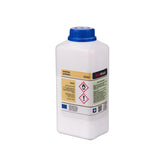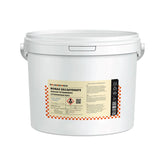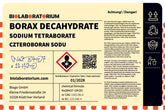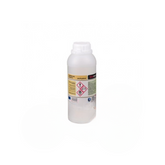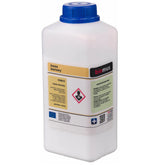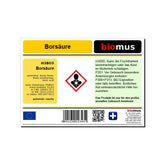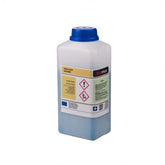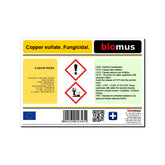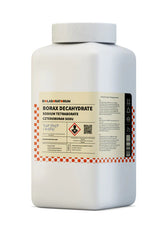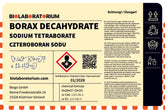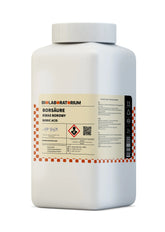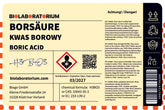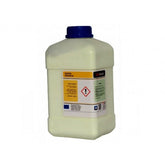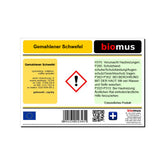EDTA – Versatile applications in industry, laboratory, and technology
EDTA, also known as ethylenediaminetetraacetic acid, is a chemical compound used in a wide range of applications. This molecule has a unique ability to bind and complex metal ions, making it a valuable tool in industry, laboratories, and technical chemistry. In this blog post, we will take a closer look at the properties and applications of EDTA.
EDTA – Chemical Structure and Properties
EDTA is an organic acid composed of ethylenediamine and four acetic acid groups. This structure gives EDTA the ability to bind metal ions very effectively and form stable complexes. EDTA can occur in various forms, such as the acid form, sodium salts, or other metal salts.
One of the key properties of EDTA is its high complex formation constant. This means that EDTA binds metal ions with high affinity and forms stable complexes. This effect is enhanced by the four carboxyl groups and the two nitrogen atoms of ethylenediamine. As a result, EDTA can effectively complex and bind ions such as calcium, magnesium, or heavy metals.
In addition to complex formation, EDTA is also characterized by its water solubility and stability over a wide pH range. This makes it a versatile chelating agent in aqueous systems.
Applications of EDTA in industry
In industry, EDTA is used in numerous areas. One of the main applications is water treatment. EDTA can effectively remove heavy metals, calcium, and magnesium from water, thereby improving water quality. This is particularly important in industrial processes where water is used as a solvent, coolant, or cleaning agent.
In addition, EDTA is used in the food industry as a preservative and antioxidant. It can extend the shelf life of food by binding unwanted metal ions that could lead to oxidation and spoilage.
In the textile industry, EDTA is used in dyeing and bleaching fabrics. It can remove metal ions that would otherwise impair color uptake or stability.
In the cosmetics industry as well, EDTA is an important component of many products. It is used to bind heavy metals that could impair skin and hair health.
EDTA in laboratories and technical chemistry
In the laboratory field, EDTA is an indispensable tool. It is used in analytics to chelate metal ions, thereby minimizing their interference in measurements. For example, EDTA is used in the titration of calcium and magnesium to bind these ions and thus enable accurate determination.
In addition, EDTA is used in biochemical applications to protect enzymes from inactivation by metal ions. In cell culture media, EDTA can also help remove calcium ions, thereby facilitating cell detachment.
In technical chemistry, EDTA is an important complexing agent for the removal of metal impurities. It is used in surface cleaning, decolorization processes, and wastewater treatment to bind and remove unwanted metal ions.
Conclusion
EDTA is a versatile chemical compound that is of great importance in numerous industrial sectors, laboratories, and technical chemistry. Its unique ability to chelate metal ions makes it a valuable tool for water treatment, food preservation, textile processing, analytics, and much more. With its excellent properties such as water solubility, stability, and high complex formation constant, EDTA is indispensable in many modern industrial processes and laboratory techniques.
